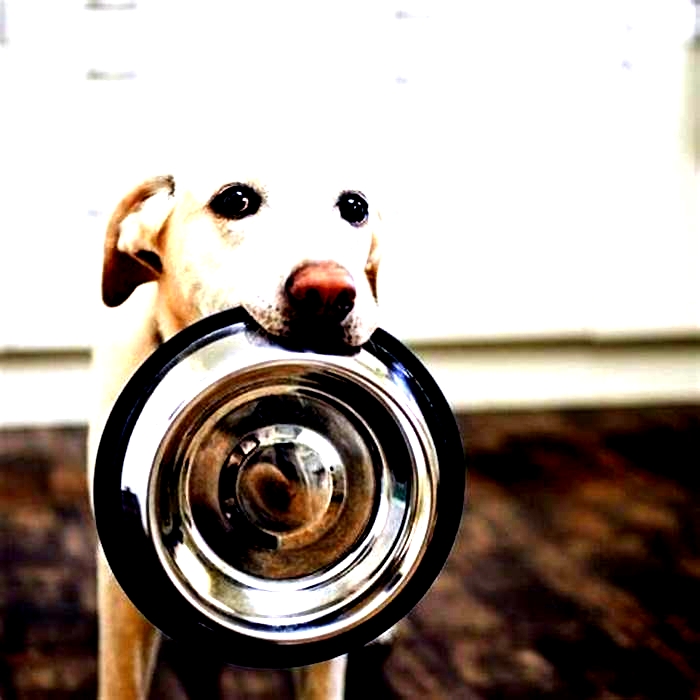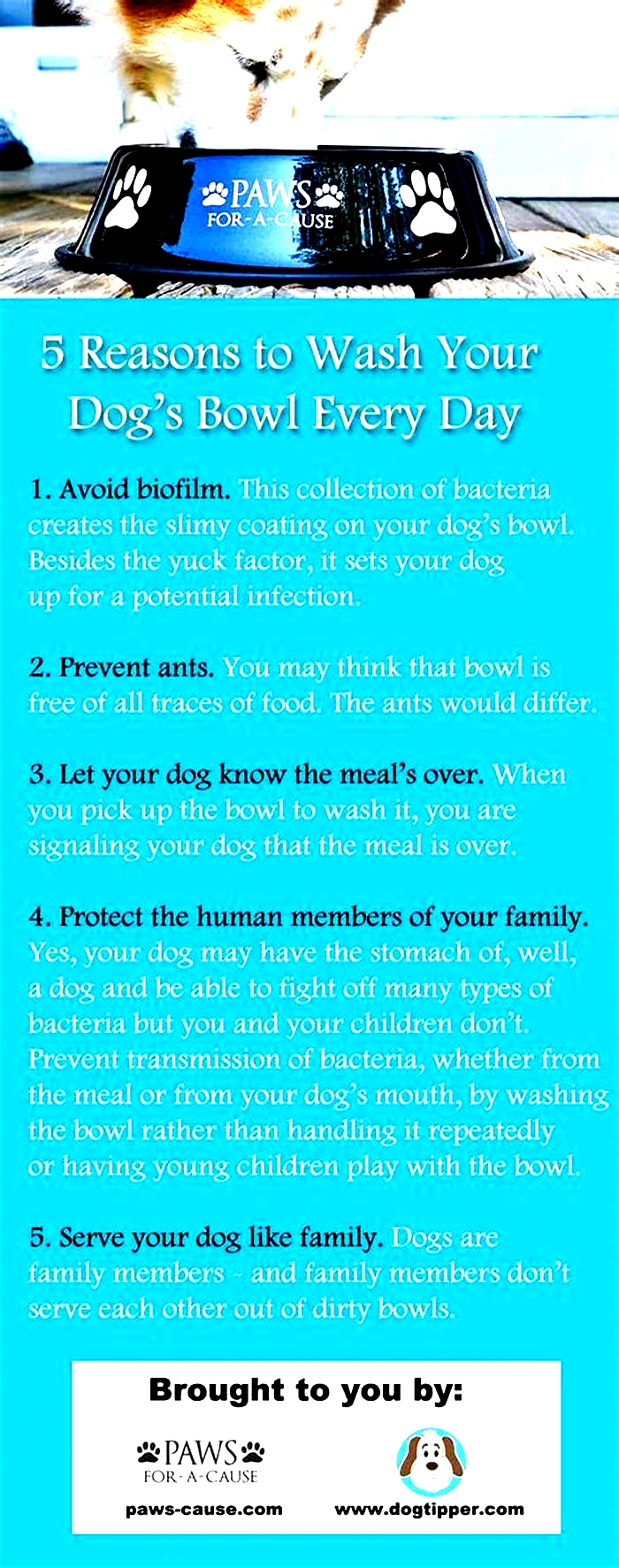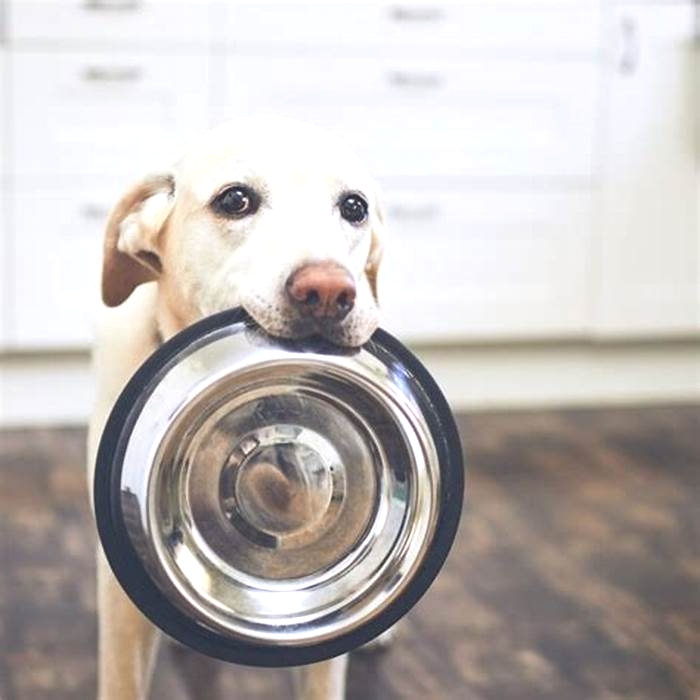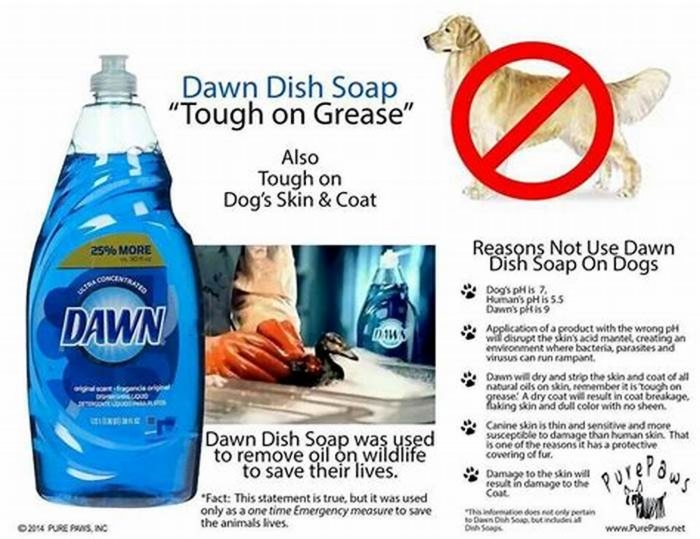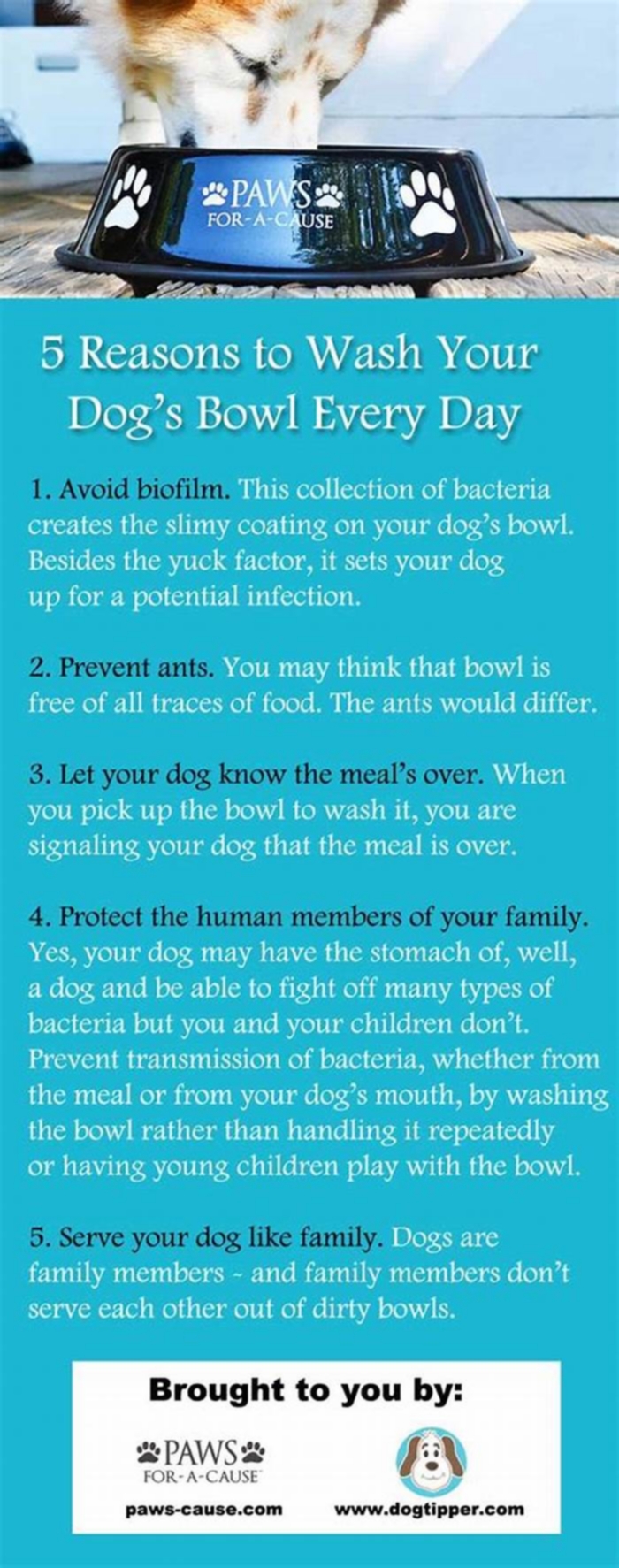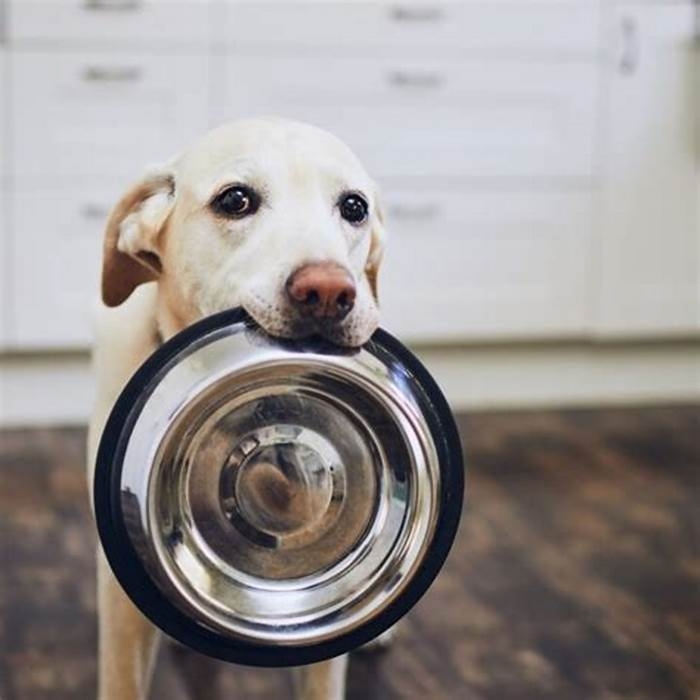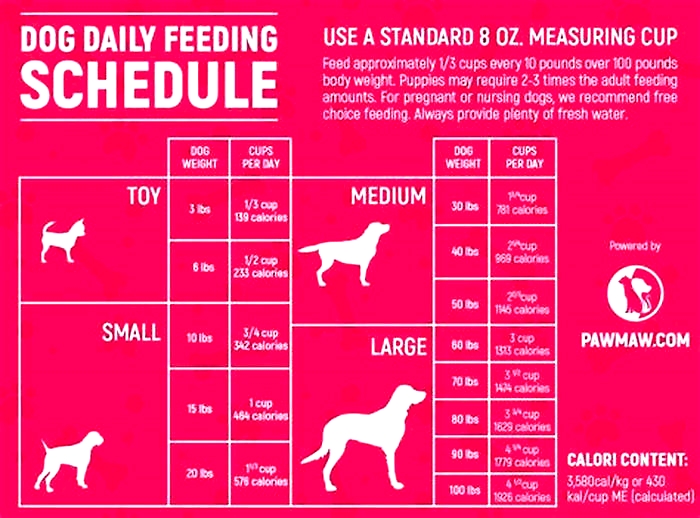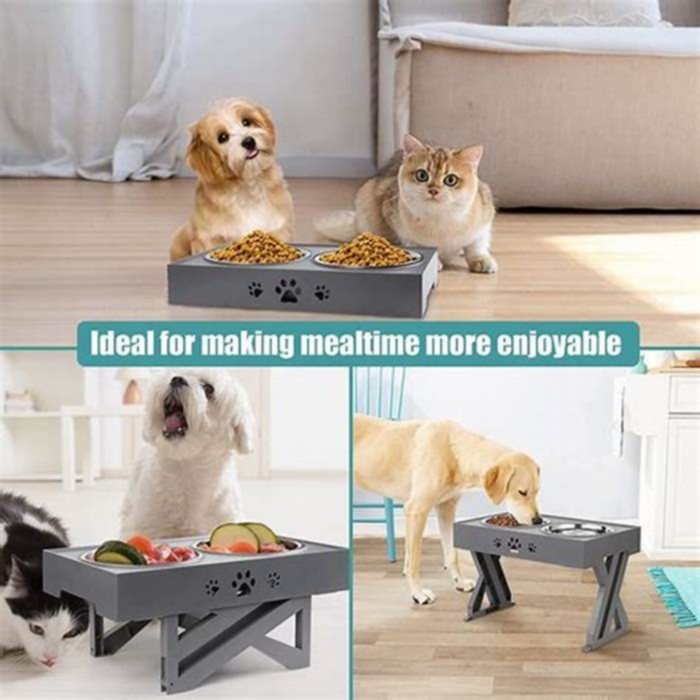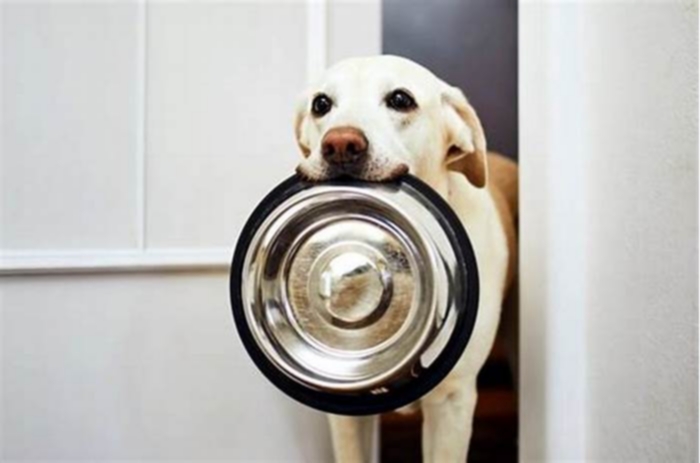Is it OK to wash my dog bowls in dishwasher
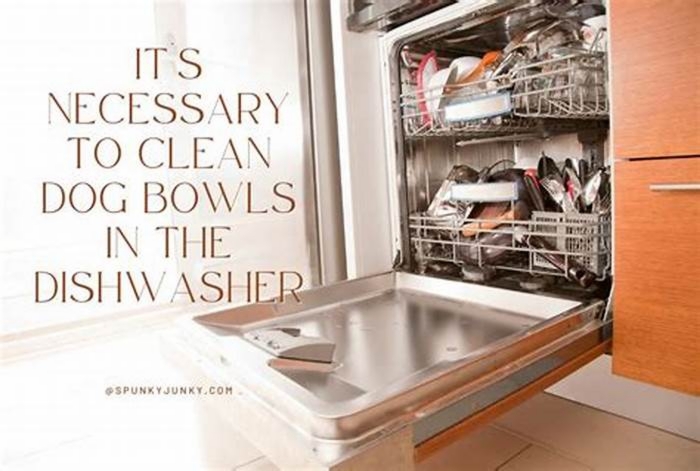
How To Clean And Sterilize Your Dogs Bowl (The Right Way!)
To keep the lights on, we receive affiliate commissions via some of our links. Our review process.

How often do you wash your dogs bowl?
Like most people, probably not enough.
Dont feel guilty Its never too late to start!
Today, Im going to teach you everything you need to know about cleaning your dogs bowl!
Why do you need to clean your dogs bowl?

Over the years, I have talked to many dog owners who didnt clean their dogs bowl. Ever.
Yes, you are reading that correctly
It never actually occurred to these dog owners to wash their dogs bowl.
No, these were not negligent pet owners. They were typical dog owners, like you or me, who simply didnt know any better.
Is your dog bowl washing schedule similar? No need to feel guilty.
However, there is a very good reason why you should consider routinely washing your dogs bowl
The health of your precious pooch is at stake.
According to William Burkholder, DVM, from the Center for Veterinary Medicine at the Food and Drug Administration (FDA), the microbes from your dogs saliva can be transferred to your dogs bowl, creating an area where bacteria can flourish.[1]
What kind of bacteria grow in the bowls depends on factors like the environment, exposure and oral hygiene of the animal, but possible examples include Staphylococcus aureus, Pasteurella multocida and different species of Corynebacterium, Streptococcus, Enterobacteria, Neisseria, Moraxella, Bacillus and, less frequently, Salmonella and Pseudomonas.
In fact, a study done by NSF International found that pet food dishes are the 4th germiest product found in the average home.[2]
Now, your dogs digestive system is well equipped to handle nasty bacteria like this
And, it needs to be.
I mean, just this week, my dog has
- Eaten my cats poop,
- Eaten another dogs vomit, and
- Gnawed on a bone that he managed to hide in the garden weeks ago.
And, as I type this, hes giving his butt a good lick.
Pretty gross, right? On its own, any one of those things would make you or me sick.
But for a dog, this is all normal. Which brings me to the argument I often see repeated
My dog already eats gross things, and hes fine. Whats a bit of crusty leftovers from dinner in his bowl?
It sounds logical, right? Whats yesterdays uneaten meal compared to last months dog bone?
While it might sound like a good argument, the problem is these bacteria can all cause disease. This is a particular problem in young puppies, elderly dogs and dogs with weak immune systems.
I dont have to tell you that cleaning your dogs bowl is much cheaper than a trip to the vet.
But its not just your dog that these nasty germs can harm
Young children can touch your dogs bowl while playing on the floor, and then they may put their fingers in their mouths this is why you should baby proof your dog bowl
On the other end of the age group, family members with weak immune systems are also at risk from the bacteria found in dirty dog bowls.
And, as if you needed another reason to wash your dogs bowl
Unclean bowls can stink. You might not notice it, but I bet your guests can. They are just being polite by not bringing it up.

Finally, if you feed your dog outside, any leftover food, no matter how small, is going to attract unwanted guests ants!
These problems can be avoided with regular washing. So, why risk it?
How often should you wash your dogs bowl?
Many vets agree that you should wash your dogs bowl daily
- Dog bowl with dry food If you feed with kibble, your dogs bowl should be washed daily, after the final meal of the day.
- Dog bowl with wet food If you feed with canned food or raw meat, your dogs bowl should be washed and sanitized after every meal.
- Dog bowl with water Your dogs water bowl should be washed once per day.
- Dog mat If you use a mat to protect your floor or carpet from spills, then that too should be cleaned daily.
Thats some regular cleaning, right? If you have one of each, youll have to wash four different things each night.
I recommend buying a few different bowls so that you have a spare on hand while the others are in the wash. That way, your hungry dog wont have to wait for you to clean his bowl before dinner is served.
How to clean your dogs bowl
If you want to clean your dogs bowl, you have two options:
1. Hand wash

Roll up your sleeves and get to work. While this might be the most labor-intensive method of washing your dogs bowl, its also the fastest. If your dog bowl is not dishwasher-safe, then this is the only way to clean your dog bowl:
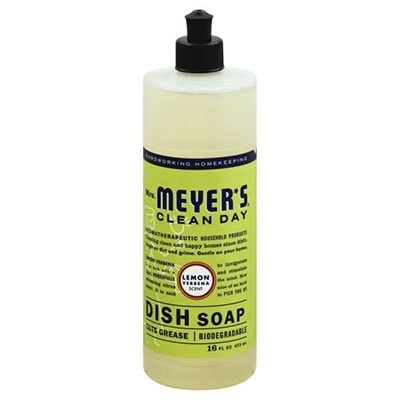
- Step one: Grab your dish soap
It all starts with a good dish soap. Because I want the best for my dog, I wash my dogs bowl with the same natural dish soap I use on my own dishesIf you have never used this product, I recommend trying it. Affordable, free from nasty chemicals and, most importantly, cuts through grease and grime like its on a mission. And, its perfect for cleaning dog bowls.
- Step two: Grab a dedicated dog bowl sponge
While there is a lot I share with my dog, my kitchen sponge is where I draw the line. The kitchen sponge is already the germiest place in your house. And thats without using your dish sponge on your dogs bowl.[3]So, grab a second sponge or cloth that you only use on your dogs bowl. Hint: Choose one in a different color from your usual sponge so that you can tell them apart. Also, if your dogs bowl is plastic, make sure you choose a sponge made from a non-scratch material any scuffs and scratches are breeding grounds for bacteria.
- Step three: Get washing!
Apply your dish soap to your sponge, and scrub your dogs bowl under hot water, wiping away any grease or leftover dog food.Rinse with cool, clean water and dry.Yeah, thats really all there is to it.
2. Dishwasher

If you are short on time, or just feeling lazy, then a trip through a dishwasher cycle is the easiest way to clean a dog bowl.
Just be mindful that not all dog bowls are dishwasher-safe. Make sure you check the washing instructions for your bowl.
- Plastic dog bowls Generally top-rack dishwasher-safe
- Stainless steel dog bowls Dishwasher-safe
- Ceramic dog bowls Generally not dishwasher-safe
Note: If your dogs stainless steel or plastic bowl has a non-skid rubber base, then it is not suitable for cleaning in the dishwasher.
How to remove dry, caked-on dog food

Maybe its been a while since you last washed your dogs bowl. Or perhaps the hot sun caused uneaten food to harden like cement
Whatever the reason, if you find yourself struggling to remove stubborn food from your dogs bowl, then there is one thing you need to do:
Soak it!
Yep, a long soak in hot, soapy water is all it takes to soften and lift caked-on dog food.
Once done, hand wash your bowl, gently scrubbing to remove any remaining dog food that clings to the bowl.
How to sterilize your dogs bowl

Just because your dogs bowl looks clean doesnt mean that it is germ-free.
A 2006 study showed that even after a rigorous hand wash with soap or a trip through the dishwasher, 67% or more bacteria (salmonella) remained.[4]
Dr. Jessica Vogelsang, renowned veterinarian and author, believes that in addition to daily cleaning, we should disinfect our dogs bowl once a week.[5]
Fortunately, sanitizing your dogs bowl is a quick and simple process
After washing your dogs bowl to remove any caked on food and other grime, follow these steps:
- Add cup regular bleach to a gallon of water.
- Let the dog bowl sit for 10 minutes.
- Remove and rinse thoroughly with fresh water.
- Leave it to air dry.
This simple treatment will kill parvo, a leading killer of puppies under six months old (older dogs are not immune either).
Note: chlorine based disinfectants are unsuitable for stainless steel dog bowls and may cause them to rust.
How to skip cleaning your dogs bowl when on vacation
As you see, keeping your dogs bowl clean and sterilized is a fairly simple task.
But if you take your dog on vacation, its an extra chore that you probably dont want.
Thats where a disposable dog bowl comes in

Simply pour your dogs meal inside and once he is finished, toss the bowl. No more cleaning dog bowls while on vacation!
Best of all, these bowls are compostable, meaning that unlike plastic bowls, they will break down when thrown away.
Conclusion
I know cleaning is a pain, but doing your doggy dishes is an essential part of keeping your dog and family healthy!
How often do you clean your dogs bowl? Let me know in the comments below!
Tagged With:Is it safe to wash dog bowls in dishwasher?
When it comes to cleaning dog bowls, the dishwasher wins, hands down. While hand-washing with soap and hot water will get the bowls clean, the dishwasher is much more likely to fully disinfect. Most bacteria that collects on pet bowls needs scalding hot water (135-140 F) to remove and kill it.
Are ceramic dog bowls dishwasher safe?
About this item. MICROWAVE AND DISHWASHER SAFE: These easy clean dog bowls are perfect to fit your dogs everyday needs. CERAMIC STONEWARE: These high quality bowls are made with the highest quality clay and stand up to everyday wear brilliantly.
Are stainless steel dog bowls dishwasher safe?
Note: If your dogs stainless steel or plastic bowl has a non-skid rubber base, then it is not suitable for cleaning in the dishwasher.
What is the safest material for dog bowls?
The easiest type of bowl to keep clean and, not incidently, also the safest bowl for your dog to eat and drink from is stainless steel. This material will not leach potentially dangerous chemicals into your dogs food and water, like some plastics, aluminum, poorly glazed pottery, or old ceramic dishes.
How often should you wash your dogs water bowl?
You should wash your dogs food bowl after every meal. You can wash their water bowl less frequently, but you will need to completely empty, sanitize and refill it at least once per week. Water bowls tend to collect a slimy build-up called biofilm, which allows harmful bacteria to take over.
What happens if you dont wash dog bowl?
By not cleaning your dogs bowl regularly, you are inviting bacteria to build up in their bowls not to mention bugs and mold. Not only can these germs dissuade your dog from eating or drinking, it can put him at increased risk of developing infection and even pneumonia. Youre probably surprised.
Is stainless steel or ceramic better for dog water?
Stainless-steel is the go-to choice for dog bowls. They are by far the most durable and widely available and are easy to clean and dishwasher safe. They also will not rust, wont easily scratch or dent, and are resistant to high temperatures.
Do dogs hate stainless steel bowls?
They can develop stains or rust, especially if left outdoors. In addition, dogs that like to chew their bowls may even be able to damage stainless steel bowls and their own teeth in the process.
Do stainless steel dog bowls cause tear stains?
Stainless steel bowls, on the other hand, are much cleaner- but you should still aim to clean this to the point of sterilisation (such as in a dishwasher) around three times a week. Keep them groomed- Long hair around your pets eyes may irritate them, causing them to produce more tears, which lead to tear stains.
Why does my dogs water bowl get slimy?
You have probably noticed a thick, slimy residue on your dogs food and water bowls when you pick them up to wash or refill them. The technical name for this slime is biofilm. Your dogs mouth and tongue contain bacteria that bind together and stick to the surface of a bowl after he has licked it.
Do ceramic dog bowls harbor bacteria?
Plastic dog bowls accumulated bacteria more quickly, but ceramic dog bowls tended to have more harmful bacteria like E. coli and MRSA. What the study highlights is the importance of cleaning your dogs bowl like you would clean your own dishes.
How often should dog water be changed?
How often should your change your pets water. Pets need constant access to clean water water should be changed at least once daily. Keep your pets bowl full and make sure to fill with fresh water every single day. Its also important to keep your pets water bowl clean.
Are ceramic bowls bad for dogs?
Ceramic bowls are a fairly safe choice, as long as you do your due diligence before purchasing. Ceramic bowls are coated in a glaze, so make sure that the glaze is lead-free and the bowl is certified for food use. Otherwise, this is a good option for a dog bowl, as long as your pooch isnt a rough and rowdy eater.
Are stainless steel dog bowls radioactive?
Petco recalls food bowls because of a radioactive material. Petco has recalled three pet food bowls because an overseas manufacturer used stainless steel containing small quantities of radioactive cobalt-60.
Are Yeti dog bowls safe?
Yes, YETI designed this dog bowl to be puncture and rust-resistant, which means it would be suitable for outside use. I use mine inside, but thats because I eat and drink indoors.
Can dogs get sick from dirty water bowls?
All communal or public water bowls pose a potential health risk to your canine companion. It is possible for dogs drinking out of communal bowls or fountains to be infected with diseases or parasites.
How do I disinfect my dogs water bowl?
Wash the bowl with soap and water. Prepare a bleach solution: add 2 teaspoons bleach to 1 gallon of water. Fill the pet dish and wipe down the exterior with the bleach solution. Let it stand for 2 minutes, then drain the solution and let the dish air dry.
How do you get mold out of a dogs water bowl?
- Wash the bowl in hot, soapy water. Wash your dogs water bowl with hot, soapy water every day.
- Disinfect the bowl.
- Dry the bowl completely.
Is it OK to wash dog bowl in sink?
Washing them after every use is ideal, just as we would clean our plate after eating. In fact, the National Sanitation Foundation ranked dog bowls as the fourth most germ-filled place in the home, after dish sponges and the kitchen sink.
What is the best material for a dog water bowl?
Just about everyone agrees that stainless steel is the best overall option for pet food bowls. Its very durable (wont crack or break if dropped), relatively light and easy to carry, and easy to clean.
Should dogs have elevated bowls?
For larger dogs, raised dog bowls make the process of drinking water easier as the water flows easier down their esophagus. It also puts less strain on their neck, and if theyre old or suffer from any physical conditions, it can reduce the pressure on joints and bones.
Do dogs not like metal bowls?
Your dog could just simply be following his instincts. Some dogs cant stand the noise a metal food bowl makes. If your dog has one of those they could the sound could be increasing their anxiety or stressing them out.
Are bamboo bowls safe for dogs?
They are also completely safe for your pet. Unlike plastic bowls, bamboo bowls do not leach into your pets food and they dont collect bacteria. They are also biodegradable!
Can dogs drink out of aluminum bowls?
Aluminum is not commonly used in dog bowls, and for good reason aluminum can leach into food and cause cognitive dysfunction and bone damage.
Are glass bowls better for dogs?
Since theyre made of glass, theyre unsurprisingly prone to more cracks and chips. If your dog knocks their bowl around, steer clear of glass dishes. If you keep a glass dish near a window or outside, it could potentially start a fire under certain conditions.

